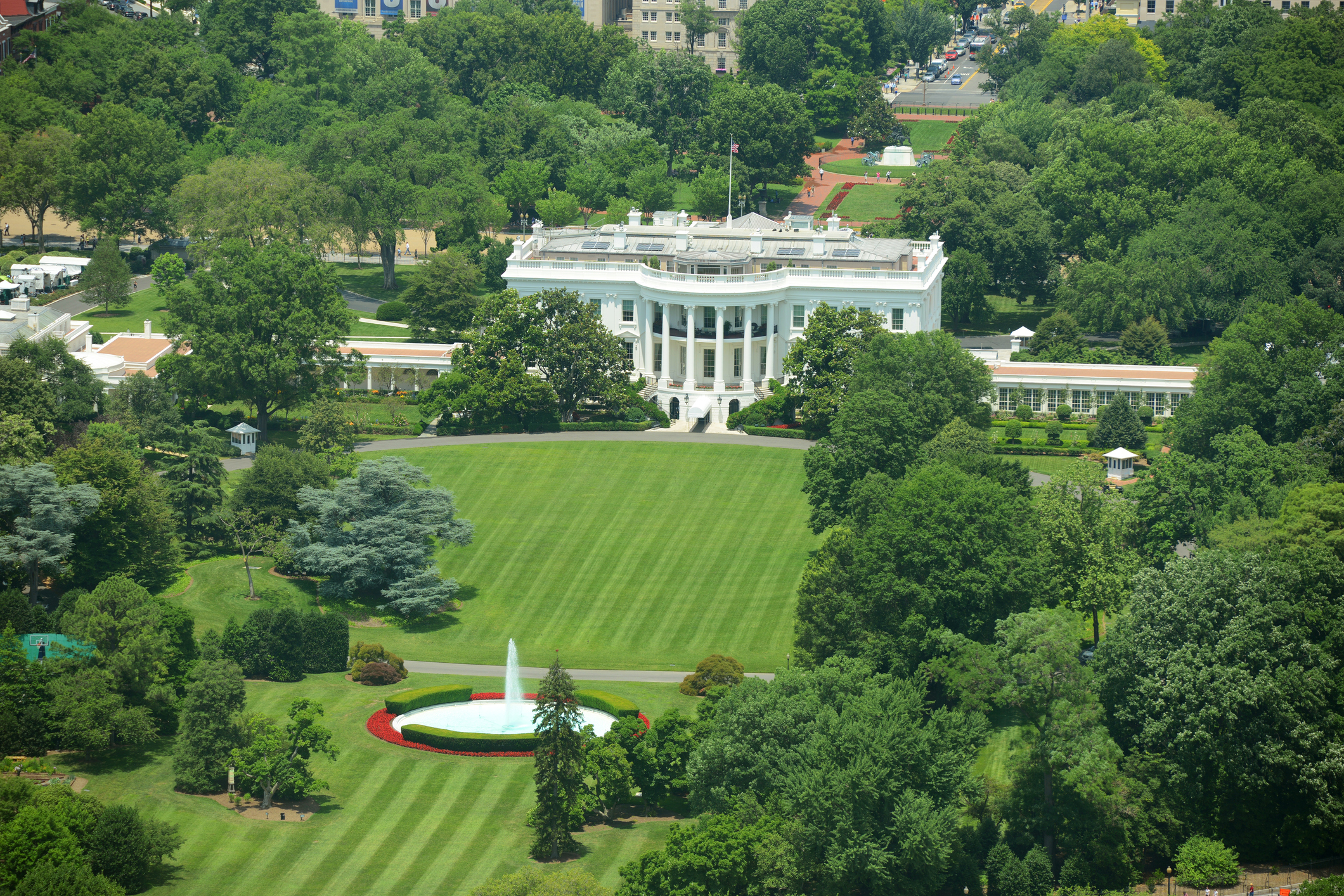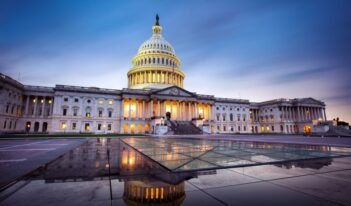
Now is a good time to focus on the opportunities for the centralized control of the administrative state that the RMOs provide.
The Office of Information and Regulatory Affairs (OIRA), part of the White House’s Office of Management and Budget (OMB), is often called “the most important government office you’ve never heard of,” for its vast but secretive oversight over agencies’ regulations.
Yet within OMB can be found an even lesser known but equally influential set of offices: the Resource Management Offices (RMOs), which together oversee the budget and related policy work of essentially the entire administrative state. These RMOs span five different policy areas: national security; natural resources; health; education, income maintenance, and labor; and “general government.” About 200 employees work in the RMOs, as compared to the approximately 40 staff members who work in OIRA. The administrative law community ought to pay closer attention to the RMOs’ role in the budget process and the way it serves as a mechanism for centralized control of agency policy choices.
The RMOs use numerous levers to control agency policy choices throughout the budget life cycle, which is to say continuously. During the process of preparing the president’s budget proposal, for example, the RMOs use the form-and-content lever to tell agencies what to put in their budget requests (the content) and how those requests should be conveyed (the form). They use the approval lever to demand changes to agency policy choices and practices before okaying the budget requests. And they use the confidentiality lever to require that agencies disclose very little about this process.
After Congress actually passes agency budgets (or continuing resolutions), the RMOs then oversee agencies’ execution of these budgets, using the specification lever to provide more fine-grained direction as to how agencies may spend the amounts that have been appropriated. They also use the monitoring lever to oversee agencies’ work more generally.
Finally, during the ongoing process of implementing management programs related to the budget cycle, the RMOs use the Presidential Management Agenda lever to require agency-specific versions of the president’s management initiatives (which often range far beyond the technocratic to the substantive, such as President George W. Bush’s faith-based initiative). They will also use the budget-nexus lever to embed compliance with presidential management choices throughout the budget process.
By overseeing budget preparation, budget execution, and management, the RMOs possess numerous opportunities to affect agency policy choices. Paul O’Neill, a former Treasury Secretary who previously served as Deputy Director of OMB, has described the budget process as placing OMB, at least as a “de facto” matter, fully “in the stream of every policy decision made by the federal government.” As a former political appointee in charge of one of the RMOs has explained, “You sit at the pure epicenter of policy. You’re in a position to make a difference. And eventually, everything will come across your desk.” The RMOs’ influence over independent agencies is especially striking, as independent agencies are not subject to OIRA’s regulatory review but do generally fall under OMB’s budget purview.
Does the RMOs’ work reflect presidential control, as opposed to OMB control or RMO control? It depends. Because the RMOs provide a direct link into every agency, they are a valuable conduit for policy and political direction from the President, as well as from other senior advisors who might be said to speak for the President.
At the same time, because the RMOs possess deep knowledge about agency work and policy context, decisions made by the President and senior advisors may simply be those that the RMOs recommend. And given the vast number of decisions made throughout the budgeting process, only a small fraction will ever make it to the President’s desk, or even the OMB director’s, leaving RMO staff members in practice as the final decision-makers on a wide range of issues. This is not to suggest that RMO staff members routinely impose their own preferences on the agencies they oversee, but rather that at least some of the RMOs’ control of agency policy choices reflects choices made by civil servants and the non-Senate-confirmed political appointees who oversee each of the RMOs.
What ought we to make of the extent to which the RMOs influence the choices agencies make? At some level, the RMOs’ work deserves praise for the valuable coordinating function it serves, furthering both the efficiency and effectiveness of agency action. Overall, RMO staff members are of an extremely high caliber, and they may well improve the substance of agency decisions.
Yet at the same time, the RMOs’ work raises a series of concerns about accountability, many of which echo concerns scholars and others have raised about OIRA’s own work over the years. For one thing, the RMOs’ work suffers from a lack of transparency, both as to process and substance. Which interest groups meet with which RMO staff? How frequently do they meet and what issues do they discuss? How has RMO oversight changed different agencies’ priorities over different administrations? It is hard to hold government officials accountable when it is almost impossible to find out what they are doing or what is happening in their offices.
Additionally, the structure of the RMOs gives a lot of discretion to civil servants and lower-level political appointees to direct the choices of Senate-confirmed agency officials. Although some of the RMOs’ direction is no doubt an interpretation of presidential goals, the structure also allows the White House to distance itself from the RMOs’ decisions when convenient.
Admittedly, the RMOs’ work sounds technocratic, sometimes portrayed merely as “bean counting” by staff who wear green eyeshades. Yet despite the image of day-to-day budget decisions as routine and unimportant for the public to track, even the smallest budgetary decisions involve tradeoffs and value choices, which the complexity and opacity of the RMOs’ work only obscures.
Opportunities to address these accountability concerns exist both inside and outside the executive branch. For example, the President could issue an executive order governing the RMOs’ work, just as each President for the last thirty years has issued an executive order governing OIRA’s. An RMO executive order would both tie the RMOs’ work more closely to the President’s authority and also make that work more transparent.
From outside the executive branch, Congress could increase the RMOs’ accountability by paying closer attention to their work. It might, for example, ask agencies about policy alternatives that OMB rejected, as Congress currently does now with the military services’ budget requests. It might also ask the political appointees at the helm of each RMO to testify about their priorities.
More generally, though, scholars and others who watch the administrative state ought to include the RMOs in their thinking about presidential control. More than a thousand law review articles discussing OIRA have been published in the last twenty years. Only a handful mention the RMOs. But the RMOs’ ability to influence policy through the budget process is significant. As the Obama Administration draws to a close—to be replaced by either a Clinton or a Trump Administration—now is a good time to focus on the opportunities for, and implications of, the centralized control of the administrative state that the RMOs provide.




